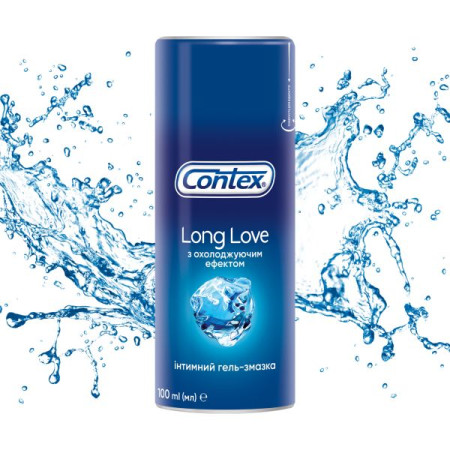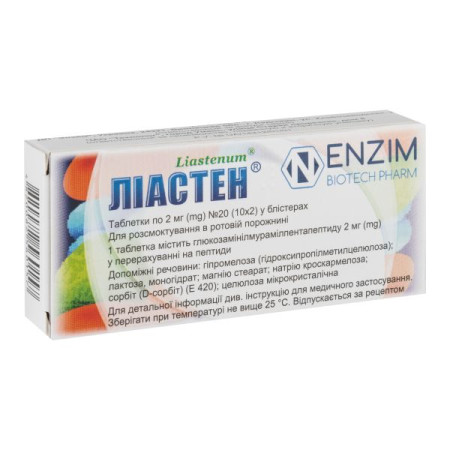Nizoral cream 20 mg/g tube 15 g

Instructions for Nizoral cream 20 mg/g tube 15 g
Composition
active ingredient: ketoconazole;
1 g of cream contains 20 mg of ketoconazole;
excipients: propylene glycol, stearyl alcohol, cetyl alcohol, sorbitan stearate, polysorbate 60, isopropyl myristate, sodium sulfite anhydrous, polysorbate 80, purified water.
Dosage form
Cream.
Main physicochemical properties: white, homogeneous cream.
Pharmacotherapeutic group
Antifungal agents for topical use. Imidazole and triazole derivatives. ATX code D01A C08.
Pharmacological properties
Pharmacodynamics.
Ketoconazole is a synthetic imidazoledioxolane derivative that exhibits antifungal activity against dermatophytes such as Trichophyton spp., Epidermophyton floccosum and Microsporum spp., as well as yeasts, including Malassezia spp. and Candida spp. The effect is particularly pronounced against Malassezia spp.
Ketoconazole inhibits ergosterol biosynthesis in fungi and changes the composition of other lipid components in the membrane.
Ketoconazole cream very quickly relieves itching, which usually accompanies infections caused by dermatophytes and yeasts, as well as skin conditions caused by the presence of Malassezia spp. Symptomatic improvement is observed before the first signs of recovery appear.
Pharmacokinetics.
After topical application of Nizoral® cream, ketoconazole is not detectable in adult plasma. In one study, approximately 40 g of Nizoral® 2% cream was applied daily to 40% of the body surface area of infants with seborrheic dermatitis (n = 19): ketoconazole was detected in the plasma of 5 infants, with concentrations ranging from 32 to 133 ng/mL.
Indication
For topical use in the treatment of skin infections caused by dermatophytes: athlete's foot, athlete's foot, athlete's foot caused by Trichophyton rubrum, Trichophyton mentagrophytes, Microsporum canis and Epidermophyton floccosum, as well as for the treatment of cutaneous candidiasis and tinea versicolor.
Nizoral® cream should also be prescribed for the treatment of seborrheic dermatitis, a skin condition associated with the presence of Malassezia furfur.
Contraindication
Nizoral® cream is contraindicated in individuals with known hypersensitivity to ketoconazole or any of the ingredients of the drug.
Interaction with other medicinal products and other types of interactions
Interaction studies have not been conducted.
Application features
Nizoral® cream should not be used in ophthalmological practice.
To prevent withdrawal syndrome after stopping long-term use of topical corticosteroids, it is recommended to continue applying mild topical corticosteroids to the affected area in the morning and Nizoral® cream in the evening, and then gradually discontinue corticosteroid therapy over 2–3 weeks.
The medicinal product contains propylene glycol, which may cause skin irritation, as well as stearyl alcohol and cetyl alcohol, which may cause local skin reactions (e.g. contact dermatitis).
Use during pregnancy or breastfeeding
There are no adequate and well-controlled studies in pregnant or lactating women. Limited data on exposed pregnancies indicate no adverse effects of ketoconazole on pregnancy or on the health of the fetus/newborn. Animal studies have shown reproductive toxicity at doses not achieved with topical ketoconazole.
After topical application of Nizoral® cream, ketoconazole is not detectable in the blood plasma of non-pregnant women. The risks associated with the use of the drug during pregnancy or breastfeeding are unknown.
Ability to influence reaction speed when driving vehicles or other mechanisms
Nizoral® cream does not affect the ability to drive or operate other machinery.
Method of administration and doses
Nizoral® cream is used on the skin by adults.
Skin candidiasis, tinea versicolor, tinea versicolor, tinea inguinale, and lichen planus: it is recommended to apply Nizoral® cream to the affected skin and surrounding areas once a day.
Treatment should be continued for a sufficient period of time, at least for several days after all symptoms have disappeared. If symptoms persist after 4 weeks of treatment, the diagnosis should be reconsidered. General hygiene measures should be followed to control sources of infection and reinfection.
The usual duration of treatment is: tinea versicolor – 2–3 weeks, yeast infections – 2–3 weeks, inguinal epidermophytosis – 2–4 weeks, epidermophytosis of the body – 3–4 weeks, epidermophytosis of the feet – 4–6 weeks.
Seborrheic dermatitis: Nizoral® cream should be applied to the affected skin once or twice a day. The usual duration of treatment for seborrheic dermatitis is 2 to 4 weeks. For maintenance therapy for seborrheic dermatitis, the cream should be applied periodically (once a week).
Seborrheic dermatitis is a chronic disease with a high probability of recurrence.
Children.
There is no experience with the use of Nizoral® cream in children.
Overdose
Local application of the cream in excessive amounts may cause erythema, edema, and a burning sensation on the skin, which quickly disappear after discontinuation of therapy.
Accidental internal use.
In case of accidental ingestion, supportive and symptomatic therapeutic measures should be taken.
Side effects
The safety of Nizoral® cream was determined in 30 clinical studies involving 1,079 patients who were treated topically.
Based on pooled safety data from clinical trials, the most commonly (≥ 1%) reported adverse reactions (% of cases) were: application site pruritus (2%), skin burning sensation (1.9%), and application site erythema (1%).
Taking into account the above adverse reactions, the table below lists the adverse reactions that have been reported during clinical trials and during post-marketing use. The frequency of adverse reactions is defined as follows: very common (≥ 1/10); common (≥ 1/100 and < 1/10); uncommon (≥ 1/1,000 and < 1/100); rare (≥ 1/10,000 and < 1/1,000); very rare (< 1/10,000); frequency unknown (cannot be estimated from the available clinical trial data).
| Organ system class | Adverse reactions | ||
| Frequency category | |||
Often (⩾ 1/100 and < 1/10) | Infrequently (⩾ 1/1000 and < 1/100) | Frequency unknown | |
| On the part of the immune system | Hypersensitivity reactions | ||
| Skin and subcutaneous tissue disorders | Burning sensation of the skin | Bullous eruptions, contact dermatitis, rash, peeling or sticky skin | Urticaria |
| General disorders and administration site conditions | Erythema, pruritus | Bleeding, discomfort, dryness, inflammation, irritation, paresthesia, application site reactions | |
Adverse reaction reporting
Reporting of suspected adverse reactions after the approval of a medicinal product is important. This allows for continued monitoring of the benefit/risk balance of the medicinal product. Healthcare professionals are asked to report any suspected adverse reactions via the national reporting system.
Expiration date
3 years.
Storage conditions
The medicinal product does not require any special storage conditions.
Keep out of reach of children.
Packaging
15 g in a tube. 1 tube in a cardboard box.
Vacation category
Without a prescription.
Producer
Janssen Pharmaceutica NV/Janssen Pharmaceutica NV
Location of the manufacturer and address of its place of business
Turnhoutseweg 30, Beerse, B-2340, Belgium/Turnhoutseweg 30, Beerse, B-2340, Belgium.
There are no reviews for this product.
There are no reviews for this product, be the first to leave your review.
No questions about this product, be the first and ask your question.











